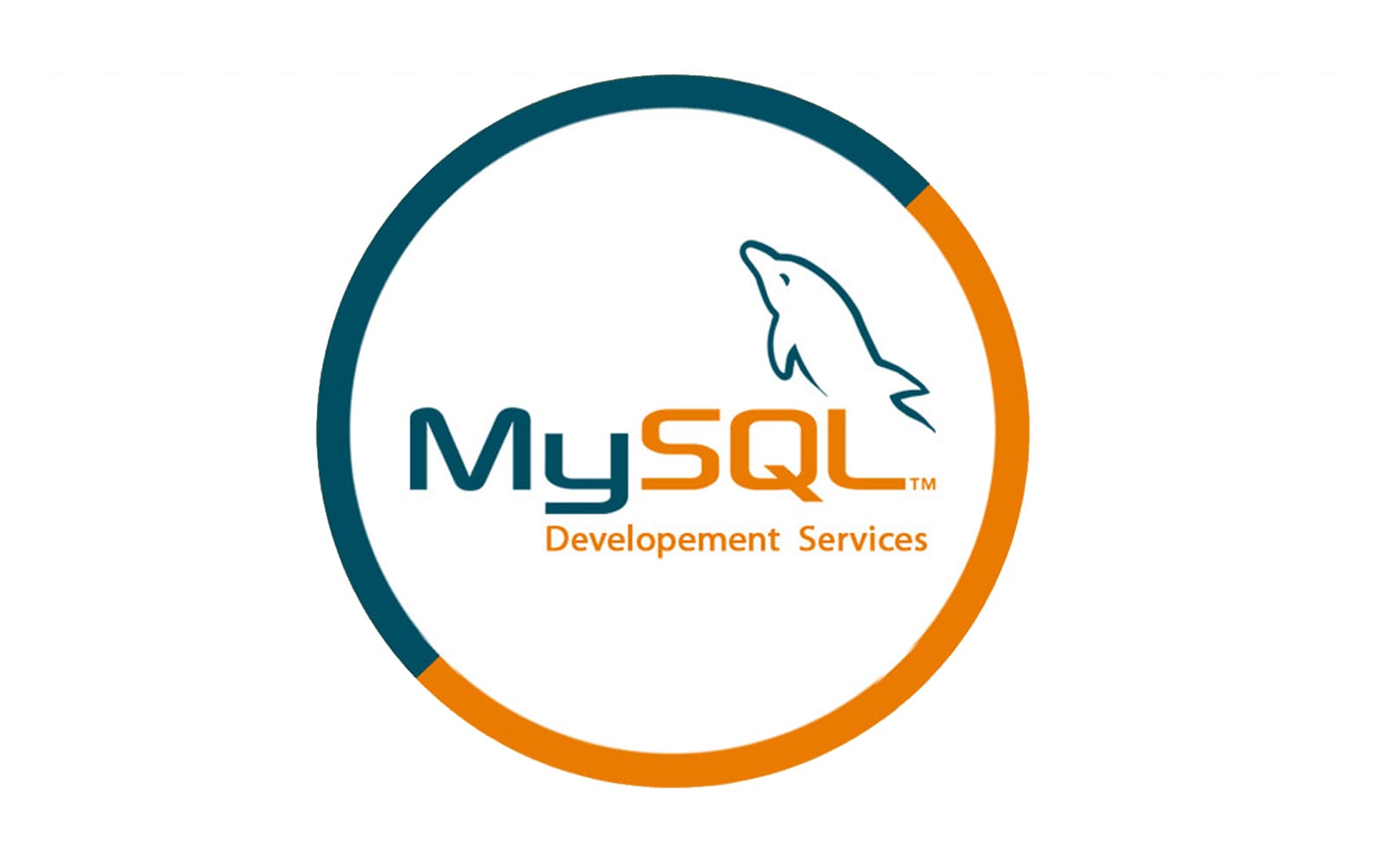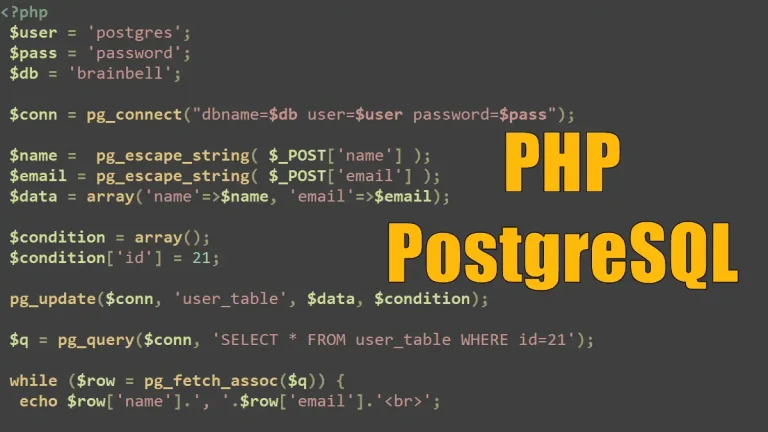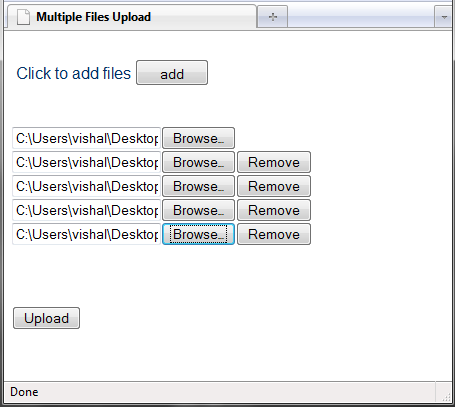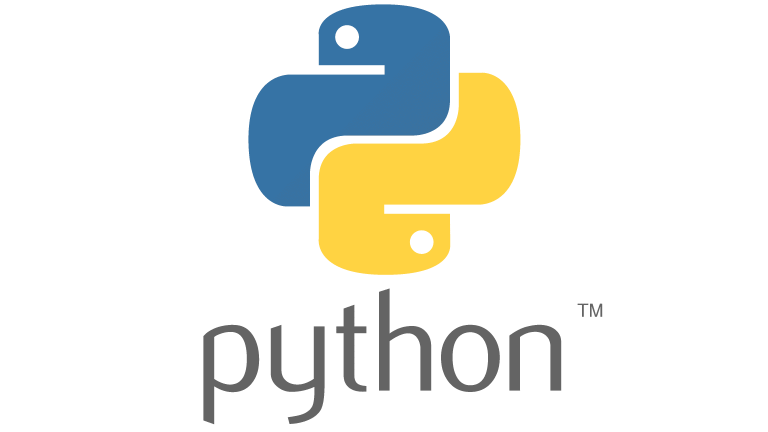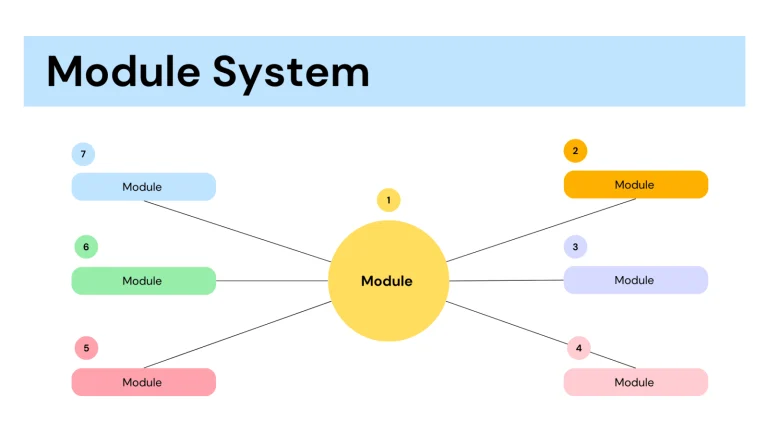Introduction
Performing CRUD operations (Create, Read, Update, Delete) in a MySQL database using Python is a fundamental skill for many applications. In this guide, we’ll walk through each CRUD operation step by step, using the mysql-connector-python library for database interactions.
1. Setting Up MySQL Database:
- Start by setting up a MySQL database and creating a table for our CRUD operations. For this example, let’s create a simple
userstable.
CREATE TABLE users (
id INT AUTO_INCREMENT PRIMARY KEY,
username VARCHAR(255),
email VARCHAR(255)
);2. Installing the MySQL Connector:
- Install the
mysql-connector-pythonlibrary using pip.
pip install mysql-connector-python
3. Connecting to the MySQL Database:
- Use the following Python script to connect to your MySQL database.
import mysql.connector
# Replace 'your_database', 'your_username', and 'your_password' with your actual database credentials
db = mysql.connector.connect(
host='localhost',
user='your_username',
password='your_password',
database='your_database'
)
cursor = db.cursor()4. Create Operation:
- Let’s write a function to add a new user to the
userstable.
def create_user(username, email):
query = "INSERT INTO users (username, email) VALUES (%s, %s)"
values = (username, email)
cursor.execute(query, values)
db.commit()5. Read Operation:
- Retrieve users from the
userstable.
def read_users():
query = "SELECT * FROM users"
cursor.execute(query)
result = cursor.fetchall()
for user in result:
print(user)6. Update Operation:
- Update the email of a specific user.
def update_user_email(user_id, new_email):
query = "UPDATE users SET email = %s WHERE id = %s"
values = (new_email, user_id)
cursor.execute(query, values)
db.commit()7. Delete Operation:
- Delete a user from the
userstable.
def delete_user(user_id):
query = "DELETE FROM users WHERE id = %s"
values = (user_id,)
cursor.execute(query, values)
db.commit()8. Using the CRUD Operations:
- Now, let’s use these functions to perform CRUD operations.
# Create a new user
create_user('john_doe', '[email protected]')
# Read all users
read_users()
# Update the email of user with ID 1
update_user_email(1, '[email protected]')
# Read all users after the update
read_users()
# Delete user with ID 2
delete_user(2)
# Read all users after the deletion
read_users()9. Closing the Database Connection:
- After performing CRUD operations, it’s essential to close the database connection.
cursor.close() db.close()
Conclusion:
- This guide provides a foundation for implementing CRUD operations in MySQL using Python. Customize the functions as needed for your specific use case. Additionally, consider using an ORM (Object-Relational Mapping) library like SQLAlchemy for more complex applications.

